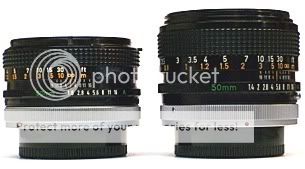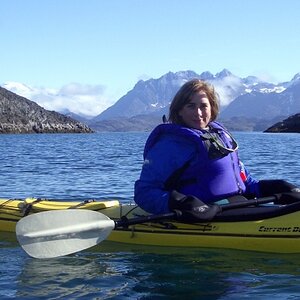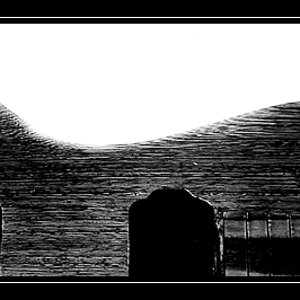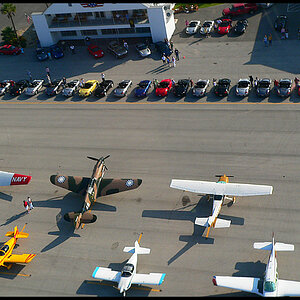filmphotographyguide
TPF Noob!
- Joined
- Mar 25, 2008
- Messages
- 4
- Reaction score
- 0
- Can others edit my Photos
- Photos NOT OK to edit
Hi all,
A few photographers have collaborated to create a new website, Film Photography Guide - The ultimate source for film photography tips and information in hopes to serve as a complete guide for beginners. The site was just recently launched and will be heavily promoted. The information on the site is fairly basic, including different film types and speeds, camera types and functions, tips including depth of field, night photography and motion photography, and more. As the site grows it will be expanded to include more important information.
We'd certainly appreciate it if you would spread word of this new site and check it out for yourself. And please, if you have any comments, let us know! We want to make sure this guide is complete and helpful to everyone using it.
Thanks!
Film Photography Guide staff
A few photographers have collaborated to create a new website, Film Photography Guide - The ultimate source for film photography tips and information in hopes to serve as a complete guide for beginners. The site was just recently launched and will be heavily promoted. The information on the site is fairly basic, including different film types and speeds, camera types and functions, tips including depth of field, night photography and motion photography, and more. As the site grows it will be expanded to include more important information.
We'd certainly appreciate it if you would spread word of this new site and check it out for yourself. And please, if you have any comments, let us know! We want to make sure this guide is complete and helpful to everyone using it.
Thanks!
Film Photography Guide staff













![[No title]](/data/xfmg/thumbnail/35/35965-cac1057a7f2dd8e8aeeefed50ae8c080.jpg?1619737282)
